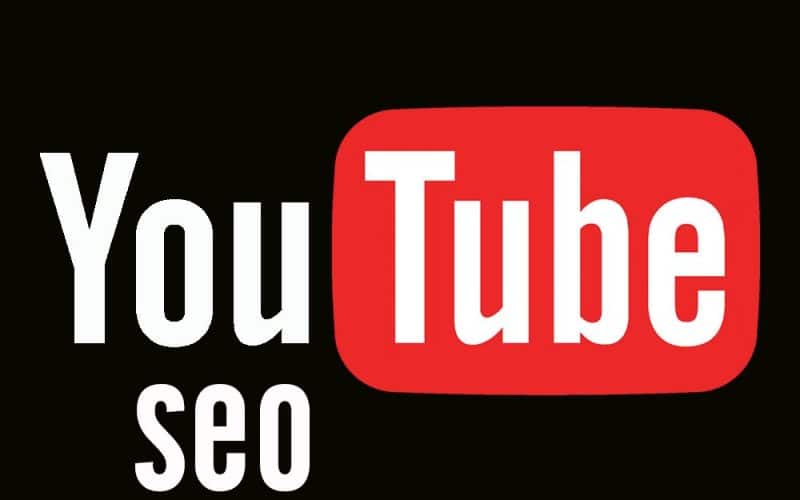In today’s digital world, creating engaging videos is only half the battle; mastering YouTube SEO is the other half. Understanding the complexities of YouTube SEO is critical for an aspiring or seasoned creator to make their material not only noticed but also heard and enjoyed by a global audience. This blog post is the ultimate guide if you want to turn your passion into a thriving channel or if you want to elevate your existing content. Here, we’ll go deep into the secrets of YouTube SEO, revealing the tactics that will elevate your videos from hidden gems to viral sensations.
What is YouTube SEO?
YouTube SEO is the practice of optimizing your YouTube channel and videos to appear higher in search results on YouTube. This can help you increase your channel’s views, subscribers, and interaction.
YouTube’s search algorithm is similar to Google’s in that it considers a range of parameters to determine which videos should rank higher.
Key Takeaways
- Optimize video titles, descriptions, and metadata to improve search rankings. Consider factors like views, comments, likes, and watch time.
- Focus on a specific audience and understand their preferences and behaviors. Collaborate with relevant creators to reach them.
- Plan content beyond ideas; consider resource allocation for traffic, conversion, and engagement.
- Track metrics like subscriber numbers, impressions, audience retention, and interaction metrics to gauge success.
- Use search-friendly keywords, enhance viewer engagement, design appealing thumbnails, use strategic tags, and maintain quality and consistency.
- Utilize tools like Ahrefs, Canva, VidIQ, Cyfe, and TubeBuddy for comprehensive SEO management.
- SEO increases views, conversions, and organic website traffic, offering a competitive advantage.
How Does YouTube SEO Work?
Google owns YouTube, which uses comparable search algorithms to display videos that most closely match users’ search queries.
This algorithm determines how a video will rank for specific search terms by analyzing several components in each video post. These components are as follows:
- Video title
- Video description
- Metadata
- Number of views, comments, and likes
- Watch time
The algorithm also takes into account the searcher’s previous activity. This makes search results feel more tailored to the user.
When these signals are combined, they tell the algorithm how relevant, popular, or interesting your video post is to a user’s inquiry.
#1. Select a Target Audience
Many content creators begin their audience growth by selecting a theme and then optimizing YouTube videos. However, with expansion comes competition. It was once straightforward to start a YouTube channel for a wide topic, such as product reviews or technology, but new YouTube channels now require a more focused focus.
Consider who you want to interact with on your channel and why as you narrow your target demographic. Consider this:
- How much do you know about your target audience?
- What motivates them to spend time on YouTube?
- What additional social media channels does your target demographic prefer?
- What piques their attention and keeps them loyal?
- Are there any other YouTube channels or producers with whom you should collaborate to reach this audience?
Read Also: Target Audience: How to Find & Communicate With Them Effectively (+ Real Examples)
#2. Create a Strategy
If your YouTube channel is on a subject you are passionate about, developing a content strategy may appear simple. However, most of the time, the issue is not in coming up with ideas but in making them a reality.
If you want to optimize YouTube for SEO, content planning entails more than just deciding what videos to make and when to post them. It is a process of determining what resources are required to increase traffic, conversion, and engagement with your video content.
For example, you may have a wonderful idea for a surfing video, but where are you going to collect your footage? It may be difficult to locate high-quality source material for your videos if you are not recording yourself or your local community.
Developing professional talents or assembling a team of experts in editing, sound, and animation can also improve the quality of your videos. However, if those tools aren’t easily available to you, you may need to devise a strategy for creating amazing videos without them.
Competitive analysis can also aid in planning, such as determining the best video length or where to promote your videos on other social platforms.
This free content planning checklist can assist you in developing a successful YouTube strategy.
#3. Set Growth Objectives
YouTube provides a plethora of useful indicators that can assist you in determining whether your team is accomplishing your strategic objectives. Broad measures, such as algorithm changes, can be useful for tracking consistency and large shifts in performance.
However, it’s also a good idea to select specific measurements that correspond with your objectives. Track your subscriber numbers, impressions, and audience retention, for example, if you want to grow your audience. If you want to increase interaction, look at likes, comments, shares, and watch time. Increasing online traffic? Include links in your video descriptions and annotations, then watch where those links lead on your website.
Tracking the metrics that are relevant to your goals will assist you in understanding how you’re expanding your audience. You may apply what you’ve learned to make more effective videos for your users and SEO. And that effort will assist you in maintaining the growth of your YouTube channel.
Why is YouTube SEO Important?
YouTube SEO is essential for several reasons.
- More views: Being at the top of search results means that more people will be able to click on and watch your videos. You put in a lot of effort on these! Allow them to shine.
- More conversion opportunities: More eyes equals more views, shares, and interactions. Plus, more memberships and revenue are down the road.
- Boost organic website traffic: Increase click-through rates to your website, boost brand awareness and loyalty, and drive organic traffic from YouTube by having your videos appear in online searches.
- YouTube SEO is relatively inexpensive. All you need to invest is your time and possibly some extra money for the correct tools and software (we’ll go over our top YouTube SEO tools later in this blog).
- Competitive advantage: When your material appears in the top YouTube (and Google) search results, it is seen before your competitors. This competitive edge can assist you in cementing your position as an industry leader.
I enjoy sharing my culinary adventures, but I used to struggle to get my videos seen. However, I’ve discovered some great YouTube SEO secrets that have transformed my game. Allow me to share them with you!
5 Secret Hacks to Skyrocket Your YouTube Views
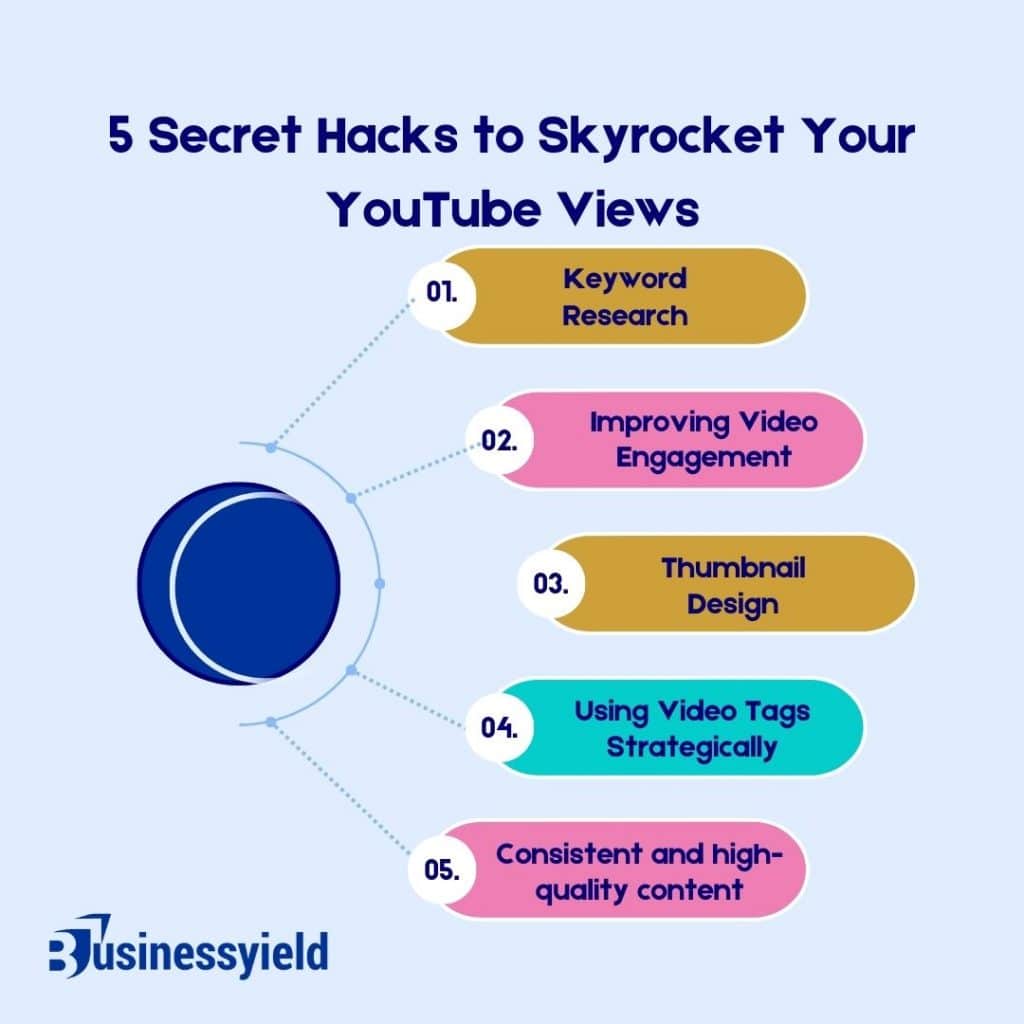
#1. Keyword Research
The first secret I found was the importance of utilizing appropriate, search-friendly keywords. I began by analyzing popular cooking keywords and incorporating them into my video titles and descriptions. Instead of a broad title such as ‘Cooking Pasta,’ I began using more specific terms such as ‘How to Make Italian Spaghetti Carbonara: An Easy Recipe.’ This minor tweak had a significant impact on how my videos were discovered.
You watch this video below to see how to do keyword research for YouTube.
#2. Improving Video Engagement
The second secret focused on increasing audience interaction. I discovered that getting more likes, comments, and shares was critical to ranking higher. As a result, I began encouraging my viewers to participate in my videos. I’d ask questions, respond to comments, and foster a sense of community. It was astonishing to see how a small nudge could result in such a large rise in engagement.
#3. Thumbnail Design
Another secret I discovered was the significance of custom thumbnails. Because your thumbnail is the first thing readers see, it must pique their interest. I started by creating eye-catching, relevant thumbnails using bright colors and bold typography. More viewers clicked on my video when I featured my delectable-looking spaghetti carbonara in the thumbnail.
There were also video tags. I discovered that combining broad and specialized tags relating to my cooking material helped make my videos more discoverable. Tags like ‘Italian cuisine’ and ‘quick pasta recipes’ drew people who were interested in what I was making.
#5. Consistent and high-quality content
The final secret concerned consistency and quality. I began adhering to a rigid posting schedule, posting new videos every Tuesday and Friday. In addition, I ensured that each video was of high quality in terms of both content and production. This not only kept my audience interested, but it also aided in the development of a loyal subscriber base.
These tactics took my YouTube channel from a complete unknown to a favorite among food enthusiasts. My views, engagement, and subscriber count all skyrocketed, and I haven’t looked back since.
See Also: Video Marketing: Video SEO Secrets to Skyrocket Your Views in 2024
Let’s take a look at some examples of great YouTube channels that use the best SEO methods.
Great YouTube SEO Examples
#1. Marques Brownlee MKBHD: (Technology Reviews)
MKBHD, or Marques Brownlee, is a tech reviewer who excels at YouTube SEO. His knowledge is demonstrated in several critical areas:
- Video Titles and Descriptions: Marques’ video titles and descriptions frequently feature particular model names and tech jargon, such as “iPhone 12 Pro Review: New Standard!” This is exactly what computer aficionados are looking for.
- Thumbnail Design: His thumbnails are professionally produced and frequently include high-quality photographs of the product with Marques, making them stand out and instantly recognizable.
- Keyword Optimization: Marques employs important keywords not only in his titles and descriptions but also in his tags, which helps his videos appear in related searches.
- Engagement Strategies: He frequently connects with his audience via pinned comments and heartfelt comments, which increases interaction and keeps viewers returning.
#2. Adriene’s Yoga (Health and Wellness)
Adriene Mishler of ‘Yoga With Adriene’ has an approachable approach to yoga, which is reflected in her SEO tactics:
- Targeted Keywords: In her video titles, she includes certain phrases that people frequently search for, such as “Yoga for Beginners” or “15 Minute Yoga for When You Wake Up.”
- Playlist Curation: Adriene organizes her videos into thematic playlists, making it easy for viewers to choose a series that meets their needs and increasing watch time.
- Brand Consistency: Her thumbnails have a consistent style and color scheme, making her videos immediately identifiable. This uniformity extends to her video intros and outros, which help to reinforce her brand.
- Community Engagement: She actively replies to comments and invites people to offer their own, fostering a sense of community and increasing loyalty.
#3. Babish Binge (Cooking Channel)
Andrew Rea of ‘Binging with Babish’ specializes in reproducing recipes from movies and TV shows by utilizing SEO:
- Cultural Relevance: He capitalizes on the popularity of movies and TV shows by utilizing their names in his titles and descriptions, such as “Pawnee’s Best Burger from Parks and Rec.”
- Engaging Thumbnails: His thumbnails frequently depict the finished dish in a visually appealing manner, attracting food connoisseurs.
- Keyword Optimization: Andrew incorporates many pertinent keywords into his descriptions, allowing him to tap into larger culinary search searches.
- Series & Formats: He has various series (for example, Basics with Babish), which allows for categorization and faster browsing, which is beneficial for SEO.
#4. CrashCourse (Educational Content)
CrashCourse provides high-quality educational videos and uses SEO to reach a larger audience.
- Descriptive Titles: Their titles are straightforward and descriptive and include keywords pertinent to the instructional content, such as “The Roman Empire.” Or the Republic. Or…Which Was It?: World History Crash Course.”
- Content Quality: Their videos are well-researched and edited, resulting in great viewer engagement and shareability.
- Closed Captions and Transcripts: They provide captions for their videos, which not only makes them more accessible but also provides more text for YouTube to index, improving SEO.
- Thumbnails and graphics that are engaging and instructive: Their thumbnails and video graphics are consistently high quality and instructional, which aids in audience retention.
#5. 5-Minute DIY Crafts
5-Minute Crafts, known for DIY hacks and crafts, employs powerful SEO strategies:
- Trending Topics and Keywords: They develop material based on popular DIY themes and everyday hacks, and they use popular and searchable terms in their titles and descriptions.
- Bright, eye-catching thumbnails with minimum text: The channel uses bright, eye-catching thumbnails with minimal text, capturing instant attention.
- Video Length and Formatting: Their videos are frequently constructed for maximum engagement, with rapid transitions and brief chunks that keep viewers interested.
- Cross-Platform Promotion: They promote their videos on several social media channels, boosting their exposure and directing traffic back to their YouTube material.
Each of these channels exhibits a thorough understanding and use of YouTube SEO strategies, which range from keyword optimization to interaction tactics and branding consistency. Their success is based not only on the quality of their content but also on how they optimize and present it to effectively reach and engage their audience.
From my own experience as a content creator, I’ve curated a list of YouTube SEO tools that have been instrumental in elevating my videos to new heights.
YouTube SEO Tools
- Ahrefs Keyword Explorer: Keyword research tool.
- Canva: For Creating Thumbnails
- VidIQ: For Data Mining Vision
- TubeBuddy: A Productivity Tool
- Cyfe: This is for Analytics
#1. Ahrefs Keyword Explorer
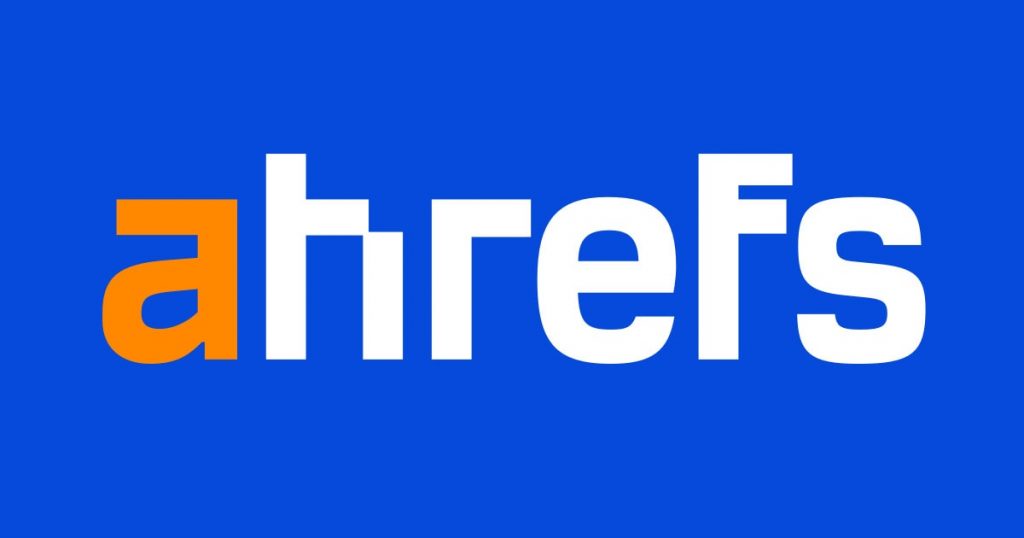
Ahrefs is a complete SEO software that allows you to track a website’s rating, estimate organic traffic from each phrase, and analyze keywords for which you may wish to develop new content.
Keywords Explorer is a famous Ahrefs feature that allows you to look up information on a specific keyword. And, as shown in the screenshot above, you may narrow down your term results by using a search engine, including YouTube.
Ahrefs Keywords Explorer displays the monthly search volume for a term, the number of clicks for videos ranking for that phrase, related keywords, and more.
#2. Canva

You may be familiar with Canva as a design template for producing various types of cards, images, logos, and more. It just so happens that this well-known product includes a thumbnail creator designed just for YouTube videos.
As mentioned in the preceding guidelines, thumbnail graphics are essential for marketing your content in YouTube search results and attracting visitors to click on your video. Using Canvas Thumbnail Creator, you can produce the ideal preview image for your video in the 1280 x 720-pixel dimensions required by YouTube.
#3. VidIQ Vision

This is a Chrome extension that helps you evaluate how and why particular YouTube videos do so well. It is accessible through Chrome’s web store at the URL above. This includes the tags that a video has been optimized for, the average view time, and even the rate at which that video is getting traffic.
The vidIQ tool then provides an SEO “score” that you can use to generate content that matches (or outperforms) the results you currently see on YouTube.
#4. Cyfe
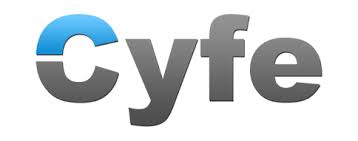
Cyfe is a huge software suite that includes a YouTube analytics platform, among other things. You may track performance on YouTube and your website using this platform.
Aside from traffic data, Cyfe can show you which keywords you’re ranking for and which are the most popular across multiple search engines. It sounds similar to Google Analytics or Moz, doesn’t it? That’s because Cyfe incorporates data from both of those technologies, as well as others.
#5. TubeBuddy
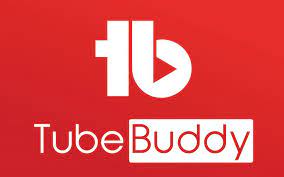
TubeBuddy is a video platform that manages the creation, development, and advertising of your YouTube material. It has a keyword explorer, tag suggestions, a rank tracker for your released videos, and other features.
Conclusion
“And there you have it—a thorough exploration of the world of YouTube SEO.” You should now have a better knowledge of the strategies that can boost your video ranks, engage your audience, and, perhaps most significantly, spread your message across the huge YouTube environment. Remember that the road to YouTube success is a never-ending one of learning, adapting, and improving.
We’re thrilled to see how these insights play out in your unique content and storytelling when you apply them to your channel. So, what’s the next step for you? Will you change your titles and descriptions, add some flair to your thumbnails, or delve deeper into keyword research?
Take action right now! Implement these tactics in your next video to experience the revolutionary power of YouTube SEO.
What obstacles are you having in your YouTube journey, and how may using these SEO strategies help? Share your ideas and questions in the comments section, and let’s keep the conversation going!
- TAG MANAGEMENT: Definition, Design, Software, Company & Analytics
- YOUTUBE BLOG: What is it, Ho to Create it & Free Tips Know
- How to Make Money From YouTube Videos
- HOW TO START A YOUTUBE CHANNEL: Step by step Guide
- TAG MANAGEMENT TOOLS: Understanding Tag Management Tools and Best Tools
